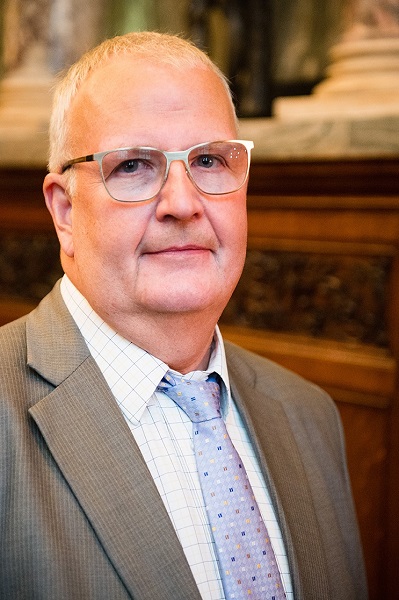 |
|
Peter Scott, President and CEO of the LIA (LIA/ LEDinside) |
What would be your prediction for lighting in 10 years’ time?
Majority of commercial members won’t be supplying commodity type luminaires but in order to prosper will need to adapt to the need for more specialist products or add value through other features. Only recently we had a dinner for Past Presidents of the association and we discussed LiFi, data driving the industry, smart cities, leaving the EU and a new dawn in global politics. Many of the companies such as Google did not even exist when some of the Past Presidents were in office and it was a conversation only 5 years ago we would we never have expected to be holding.
For the consumer lighting market the changes have been and will continue to be the route to market rather than a revolution in product changes. The LED revolution has largely bypassed the consumer luminaire industry where style and artistic design carry more importance.
What effect do you think Brexit will have on the UK lighting industry?
I hope that it makes no difference at all. I hope that standards remain uniform throughout Europe which makes complete sense as it is our biggest market. The biggest issue for business is the period of uncertainty. It is still a community that has to live and work and trade together. Donald Trump’s election is a concern for global trade owing to the possibility of trade barriers and closed markets.
Who will be the movers and shakers in our industry looking forward 5 and 10 years?
The electronics world will drive the near future in terms of products. Japan has had a poor decade or more but I think they are on the rise again and their electronics expertise will serve them well. The EU are not particularly strong on electronics. The next phase will be software and data but my view is that the platforms generated by CISCO or Google for example are the vehicle enabling the industry to enter this brave new world rather than competing with us. As an industry we don’t appreciate the skills we have, lighting is an art form, a skill that the electronics industry or Google have no knowledge so I don’t see them as a threat, more as an ally.
What is the future for luminaires if we are building products with increased longevity?
What we lack as an industry is sufficient information about, for example, what is the installed base of commercial lighting? I think that the reality is that less than 5% of the installed base is being converted to LED each year and although that will continue to accelerate despite the fact that most lighting sold is now LED. It could be 20 years before we have completely changed the installed base by which time a good number of luminaires will be 20 years old. The ramifications of long life luminaires could be the same as for LED lamps unless the smart revolution demands upgrades or replacements.
LIA has introduced the members surveillance initiative, what more can be done to tackle non-compliant and under-performing products?
This comes back to education, most people would not buy a cheap imported product if they really knew what they were buying. The problem is in many cases the supply chain themselves are not sufficiently aware.
What effect do you think the circular economy will have on the industry?
I see the model being split into ‘volume’ through importing where perhaps a small number of ‘super importers’ shorten the route to market and the European manufacturers will produce more bespoke solutions. We need to look at what has happened in the electronics industry to see where it’s going. Who in Europe produces millions of TVs these days that capacity has long since gone to the Far East and the prices are well beyond small manufacturers. If the industry thinks that smart lighting is going to command the high prices it currently enjoys you only have to look to the TV model to realise that electronics are a low cost commodity. The opportunities exist in bespoke requirements such as human-centric smart lighting for a hospital bed or application specific solutions that can’t be fulfilled by mass volume products.
Prof Nakamura recently said the future is not LEDs but lasers, what is your view of that.
Hard to believe that LEDs are not the immediate future, it may be 15 years or so before we see a significant shift in technology away from LEDs such as laser generated lighting. The other consideration is the enormous investment in LED production plants which, given the rapid drop in LED chip prices will take much longer to recoup their investment. The world of finance will have a major bearing on the next generation of light sources.
Editors' note:
Above is the abridged version of the interview. The whole interview and detail information regarding the LIA is available on: https://www.thelia.org.uk/news/lighting-industry-today-tomorrow-and-beyond-interview-lia-president-peter-scott












